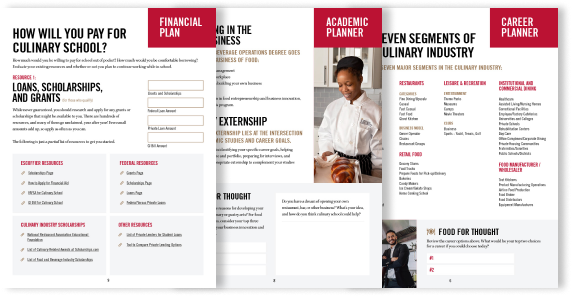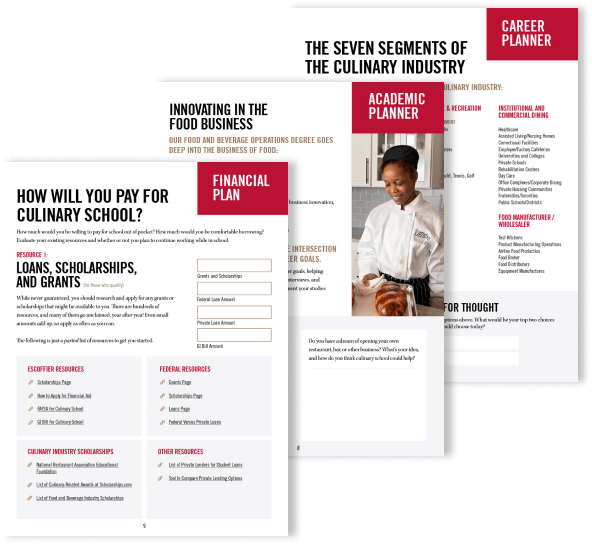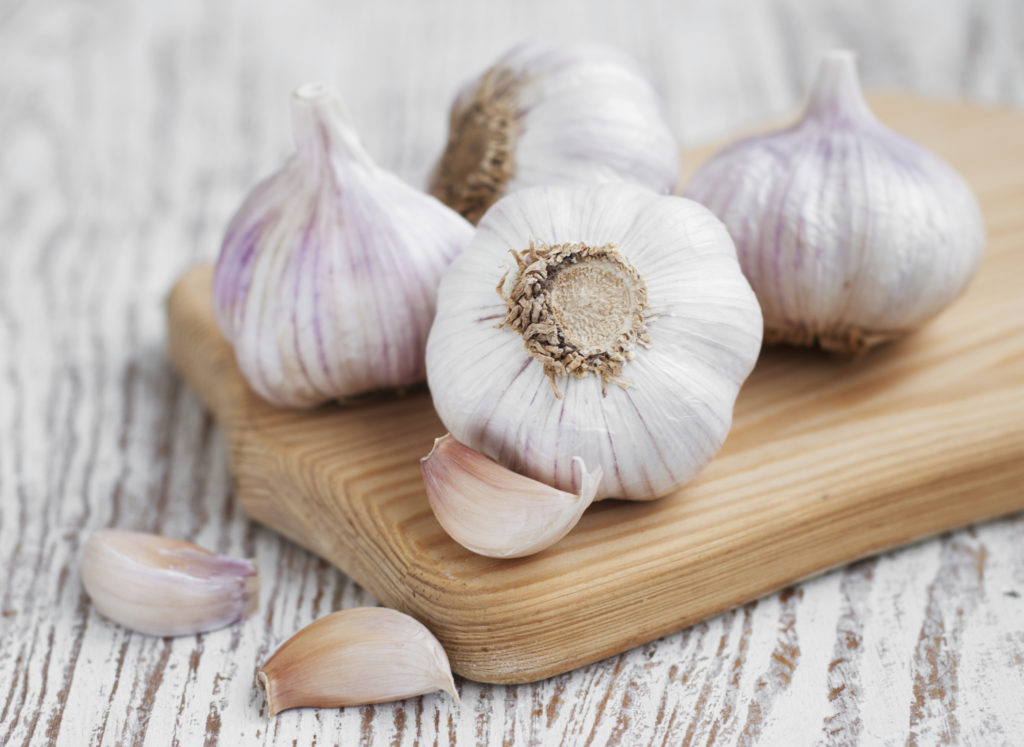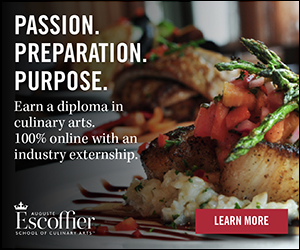4 Tips for Cooking with Garlic
As anyone who is learning to cook knows, garlic is an essential part of a huge variety of recipes. The cloves add distinctive flavor to everything from pasta to potatoes. However, using that powerful taste takes practice. Here are a few tips to keep in mind the next time you reach for a head of garlic:
1. Always keep it fresh
Pre-cut garlic is readily available at the grocery store. These jars offer a quick and convenient choice, but they also mean you’re missing out on a great deal of flavor. Keep a few fresh cloves on hand, and take the time to cut or crush them yourself. You’ll be able to taste the difference.
That said, garlic powder has its uses, since there are applications where a chopped clove just won’t do. As Slate pointed out, the dried version is great for mixing a dry rub or working with high heat. For the best taste, you can find freshly made garlic powder at a farmer’s market or, if you have a dehydrator, prepare a batch yourself.
2. Use the right cut
The way you prepare the garlic before cooking can make a significant difference in how your dish turns out. Serious Eats explained that a clove’s aroma is affected by factors such as its variety, the temperature in which it was grown and the amount of cell damage you do when cutting it into pieces. Using a garlic press or mortar and pestle gives you strong flavors, but a microplane grater will have the most intense results.
“Mincing by hand leaves a relatively mild taste.”
Mincing by hand leaves a relatively mild taste, and it is the method called for in many sauce or marinade recipes. The Food Network recommended beginning by removing the outer layers of skin from the head of garlic and smashing it to break the cloves loose. Peel and crush each of them with your knife. Roughly chop the cloves and then give them a finer cut by rocking the knife back and forth.
3. Wait until the right moment
Bon Appetit warned that it’s easy to end up with burned garlic, particularly when it’s been cut into small bits. Accordingly, you should avoid setting the stove’s temperature too high and time when you add those pieces to the pan. For a pasta sauce, first saute the garlic and then add liquid to lower the heat. Wait for a stir-fry to be about halfway done before throwing in the sliced cloves.
4. Roast slowly
Taking care with the time and temperature is especially important when it comes to roasting garlic. The Kitchn directed first trimming a quarter inch from the top of a whole head while the oven heats to 400 degrees Fahrenheit. Add one or two teaspoons of olive oil before wrapping the garlic in aluminum foil. Set it on the middle rack in the oven to roast for about 40 minutes. The garlic is done when you can easily cut into the center clove, but you can keep cooking to achieve a golden color and caramelized taste.
Garlic is a highly versatile ingredient. With a little care, attention and practice, you can tailor your preparation and cooking to suit each application perfectly.
Online Culinary School Planner & Checklist
Online Culinary School Planner & Checklist
Find out what a culinary education can do for you.

What might a career in the culinary or pastry arts look like for you? Online culinary school is a fast, affordable way to launch a career in the culinary or pastry arts. Get the workbook to see how it could help you.








Recent Comments